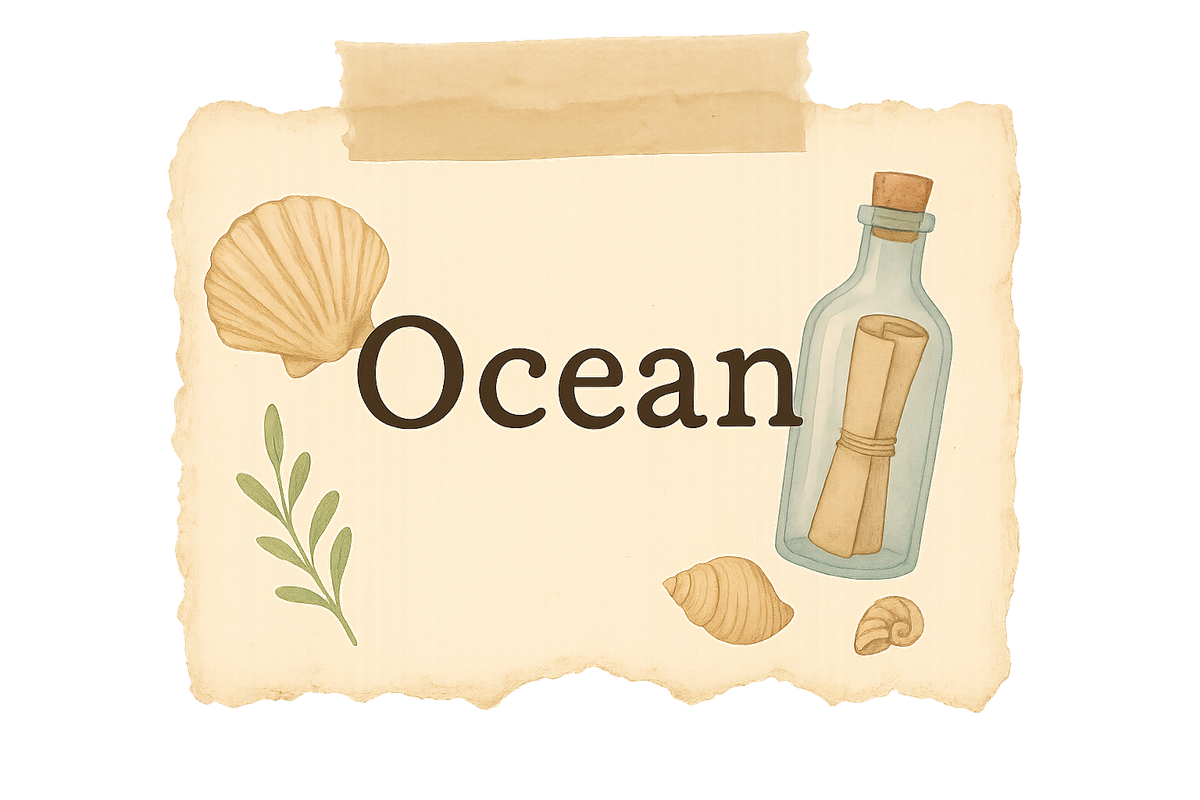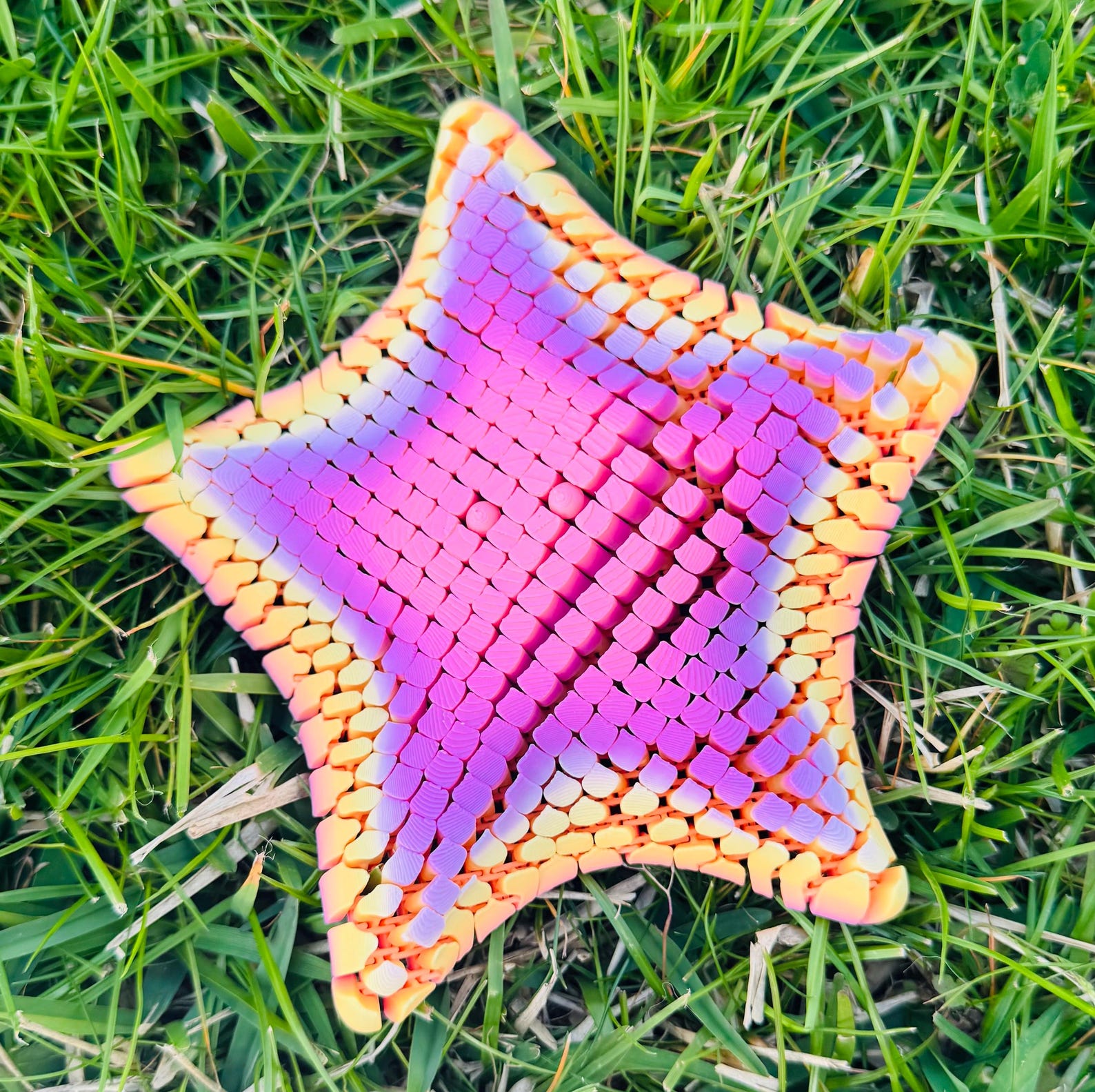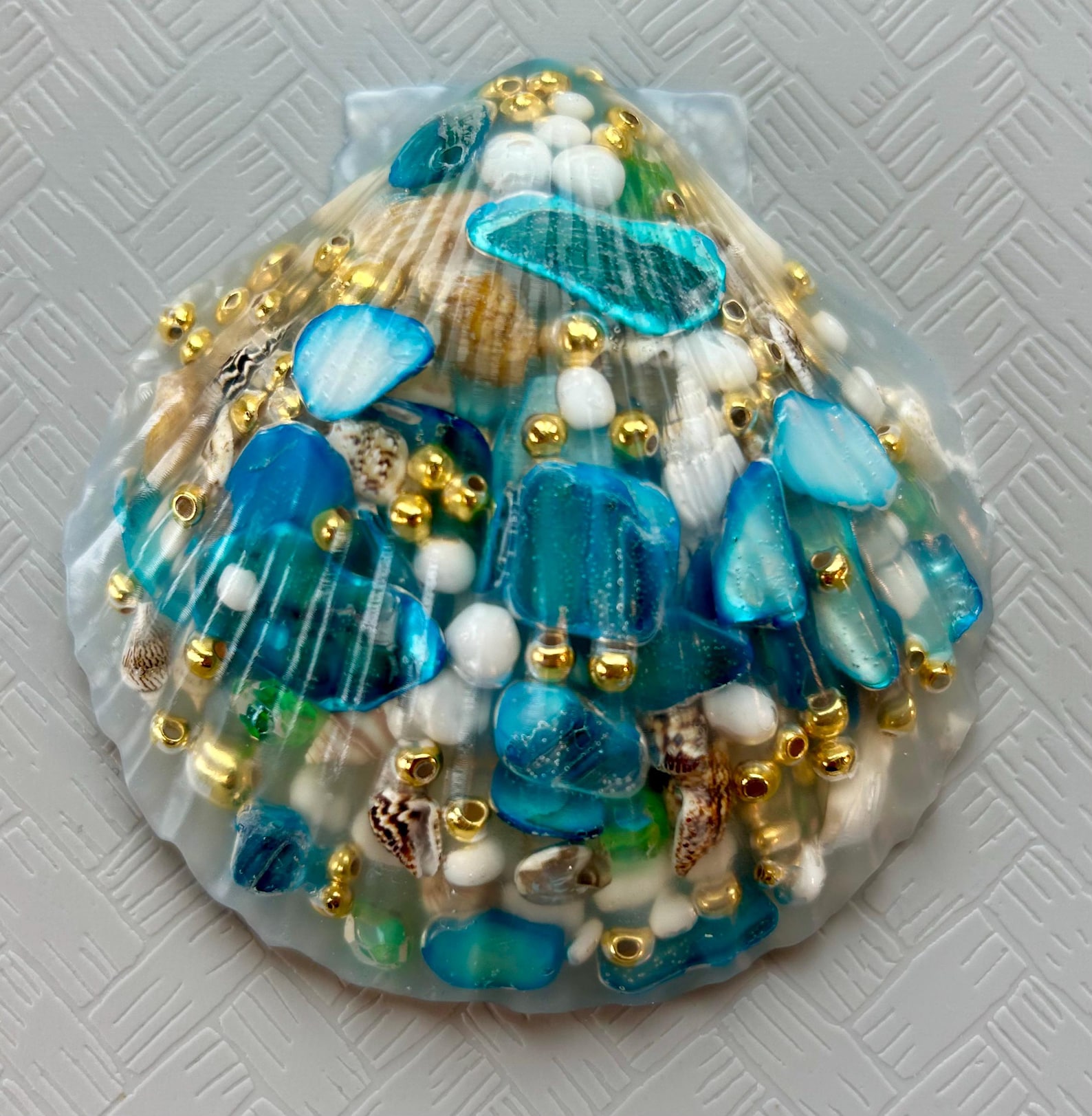.png)
Friday, August 29, 2025
Friday Face Off: Naga
.png)
Friday, August 22, 2025
Friday Face Off: Smiling Couple
.png)
Wednesday, August 20, 2025
Photography Prompt: Elderly

Friday, August 15, 2025
Friday Face Off: Mommy Love
.png)
Thursday, August 14, 2025
ASL Mini-Pack #2: Dolphin, Whale, Jellyfish, Octopus, Sea Turtle
.jpg)
Handshape: Use one flat hand to represent “water” and your other hand in the shape of a tail (thumb and pinky extended, other fingers closed).
Placement: Hold the flat “water” hand horizontally in front of you. Position the “tail” hand above or behind it.
Movement: Sweep the “tail” hand upward in a gentle arc, as if a whale’s tail is rising out of the water.
Handshape: Form both hands into loose fists, thumbs extended (like an “A” hand with thumb out).
Placement: Place your non-dominant fist in front of you, palm facing down. Position your dominant fist on top of it, thumbs crossing.
Movement: Wiggle both thumbs to mimic a turtle’s flippers moving, while keeping the hands stacked to suggest the turtle’s shell.
Variation: Some signers first sign “SEA” (wave-like motion with a flat hand) before making the turtle sign for clarity, especially in teaching or storytelling.
STEM: Seaweed Snack Taste Test — Let the Kids Rate It
.jpg)
Wednesday, August 13, 2025
Ocean: Shark porthole suncatchers
.jpg)

Photography Prompt: Broken

Tuesday, August 12, 2025
Parenting: Beach tantrums and ADHD

I found this website for adaptive clothing
Example:
Photography: Creative Motion Blur with Waves (Kids Can Do It Too)
.png)
Monday, August 11, 2025
Survival: How to Make a Durable, Waterproof Map for Your B.O.B/Go Bag
.jpg)
I Scream, You Scream Horror Movie Challenge Intro
I Scream, You Scream Horror Movie Challenge is a feature where every month I am challenging myself to watch every movie on one bingo card. T...
.png)
































